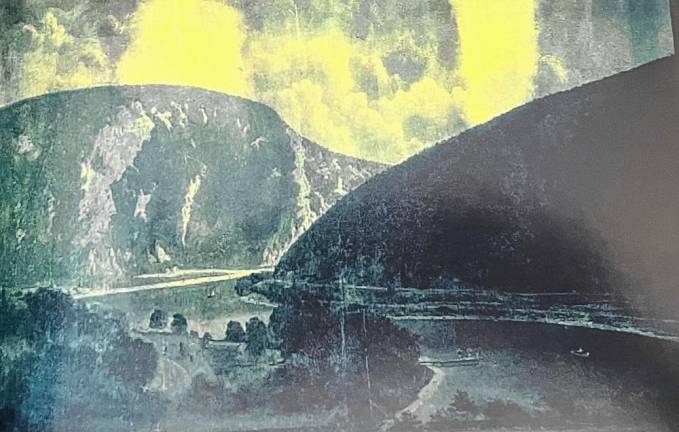
During the early 1960s, when I was in eighth-grade social studies, we spoke about the Tocks Island Dam project.
Here in Sussex County, there was a lot of talk, a lot of controversy and quite a bit of action, both in construction and in legal terms. The river borders the entire western boundary of Sussex County.
The great and beautiful Delaware River is an essential sustainer for millions of people, with water and some navigation, including a now-disused canal. But periodic flooding damaged much property and killed some people when it did flow over its banks.
For more than half a century, engineers, geologists and designers worked on ways to dam the river. Some highlight years were 1934, 1939, 1955, 1962, 1970s, 1992 and 2002.
These are a lot of dates over a long period of time, but as older long-term residents of the county know, this has been a lingering subject for discussion.
The dam would have minimized flooding and created a water reservoir for sustaining the growing population, and the parkland proposed around it would have served as a recreation place for hiking, hunting, boating and fishing close to where more than 10 million people live.
It would have gone about 37 miles, from the Delaware Water Gap up toward Port Jervis, N.Y., with a 100-mile shoreline. It also could have provided the structure for 900 megawatts of electric power.
Drawbacks turned into problems for this very large project. Several studies stated that the geology of the area was not suitable for a dam.
The U.S. government began using eminent domain to remove about 4,000 people from 6,000 structures. Many of these were to be torn down as they would have been underwater when the giant lake was formed.
But because construction was not under way, squatters came to live where people had been removed. So more of the structures were torn down.
The governing board was the Delaware River Basin Commission, which includes the governors of New York, New Jersey, Pennsylvania and Delaware.
A major voice in the early 1970s was New Jersey Gov. William T. Cahill. He voiced concern about environmental problems and costs for roads and sewerage.
The Tocks Island National Recreation Area was renamed the Delaware Water Gap National Recreation Area in 1965 by Congress.
After much further review, the Tocks Island Dam project was officially de-authorized in 2002.
With the advent of summer, now is the time for fishing and water sports. The area is now known as the Delaware Water Gap National Recreation Area and is served by the National Park Service.
Bill Truran, Sussex County’s historian, may be contacted at billt1425@gmail.com